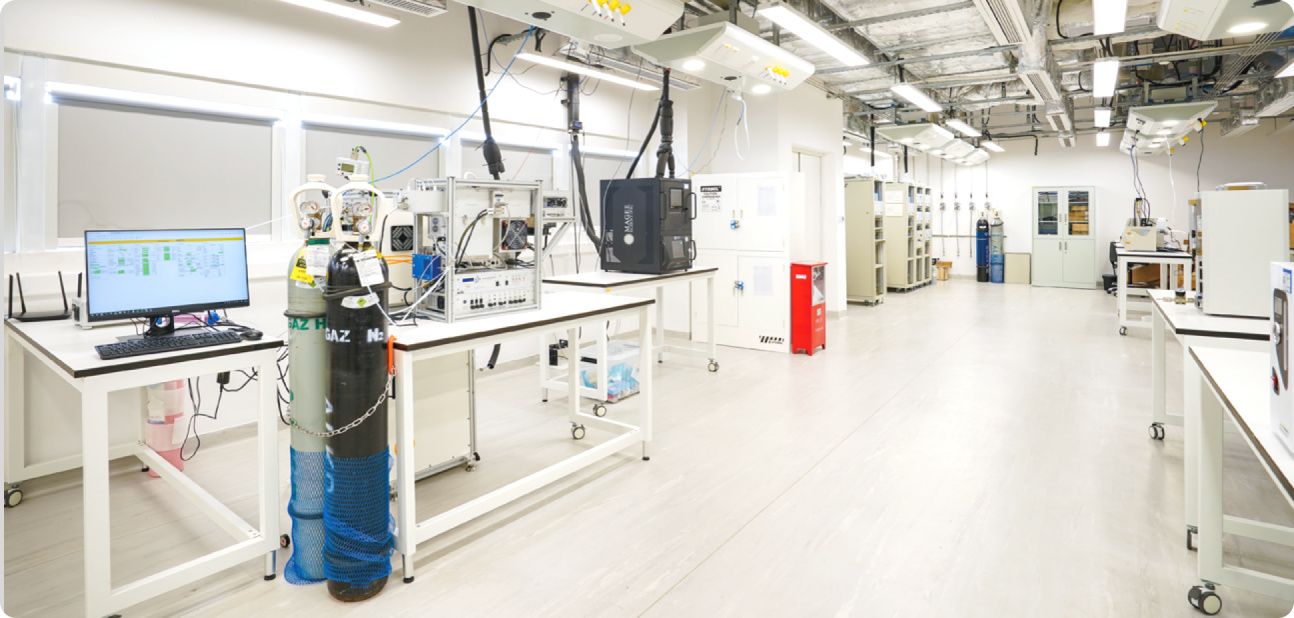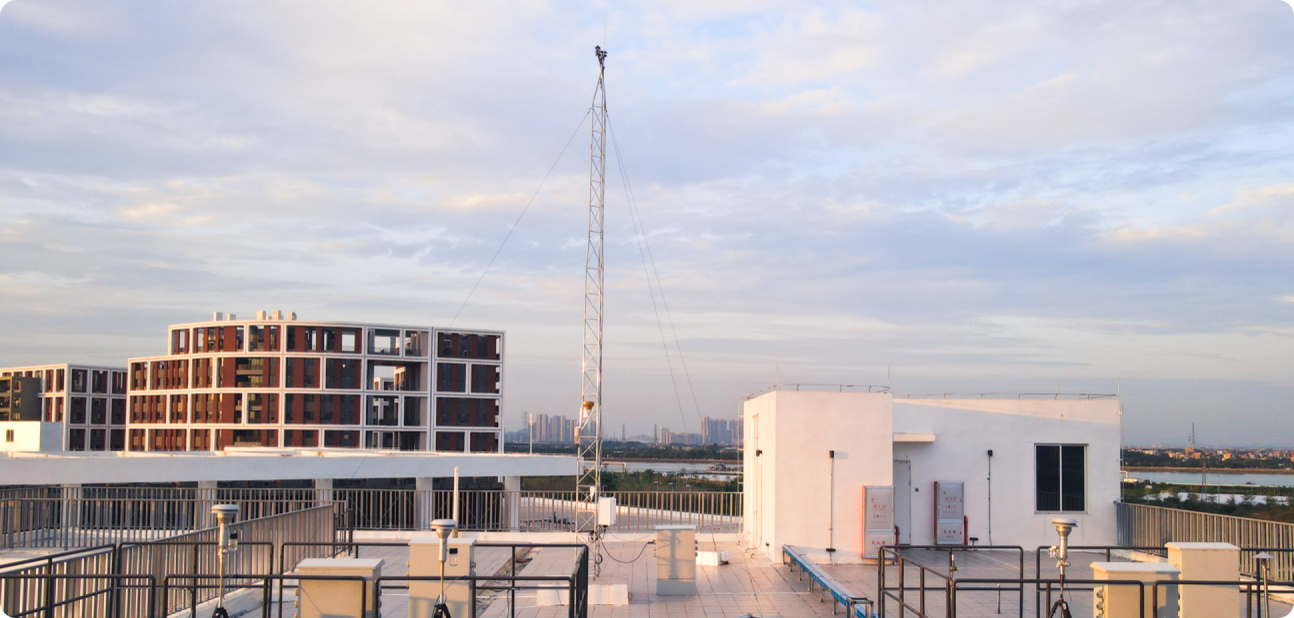
Overview
- Home
- The Facility
- Overview
Overview
- Home
- The Facility
- News & Notices
- SERVICES
- User Training
- Platform
- Volatile Organic Compounds (VOCs) Analysis
- Ambient Air Quality and Meteorological Monitoring
- Sensor R&D and Testing
- Indoor Photochemical Simulation Study
- Aerosol Dynamic Characteristics Analysis
- Liquid Chromatography Analysis
- Paramagnetic Substance and Free Radical Analysis
- Molecular Biology Detection and Analysis
- Data Display and Sharing Platform
- Equipment Booking
- Charge Scheme
- Downloads
- Outreach
SAERF
Overview
The Sustainable Atmospheric Environment Research Facility (SAERF) has two observation and analysis laboratories, namely the Atmospheric Environment Observation Station and the Indoor Environment and Energy Laboratory.


The Atmospheric Environment Observation Station is capable of performing dynamic panoramic scanning of various components in the atmosphere. In addition to the online observation systems for particulate matter and conventional gaseous pollutants, the lab is also equipped with the most advanced system capable of detecting up to thousands of trace volatile organic compounds (VOCs) with ultra-high resolution online VOCs observation system (GC-Vocus CI-TOF). Additionally, the lab is also equipped with a variety of lidar devices that can accurately capture the three-dimensional structures of atmospheric pollutants and greenhouse gases.
The Indoor Environment and Energy Laboratory supports offline analysis of various particulate matter components and volatile organic compounds. The VOCs laboratory is equipped with advanced VOCs analysis systems and utilizing cutting-edge pre-analysis modules and sample detectors for VOC concentration and source analysis, all in compliance with international standards, further enhancing the Guangdong Hong Kong-Macao Greater Bay Area's capabilities in tracing the sources of VOCs precisely and promoting the establishment of integrated ozone pollution control strategies. Additional ly, we also have photochemical smog chamber, electron paramagnetic resonance spec- trometer, femtosecond laser micromachining system, and indoor environmental simula tion system, which strongly support atmospheric photochemical simulation research, as well as testing, processing, and characterization of equipment, sensors, and materials.

The Sustainable Atmospheric Environment Research Facility will powerfully support the continuous improvement of environmental air quality in the Greater Bay Area, aiming to reach the standards of internationally advanced bay areas at an early date. It will facilitate the coordinated enhancement of pollution reduction and carbon reduction, promote the sustainable economic and social development of the Greater Bay Area, and provide scientific evidence for addressing global challenges such as climate change and the protection of human health.